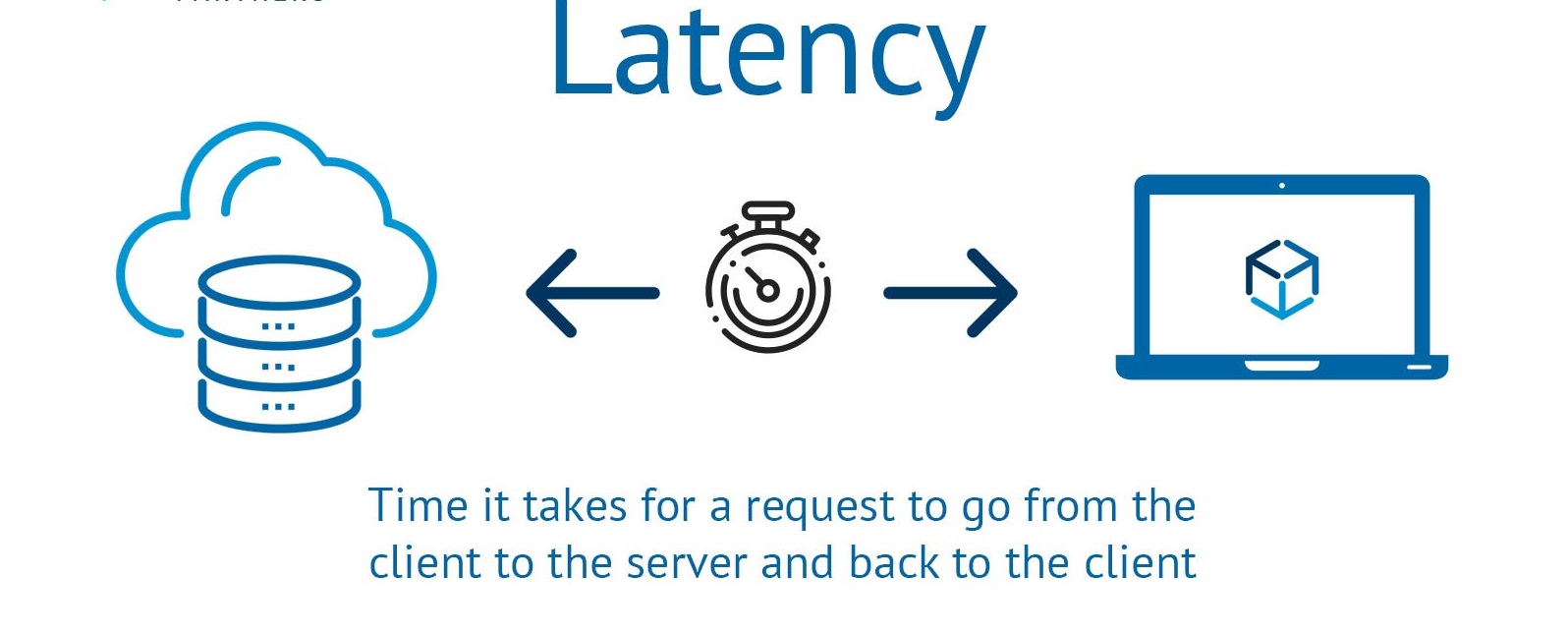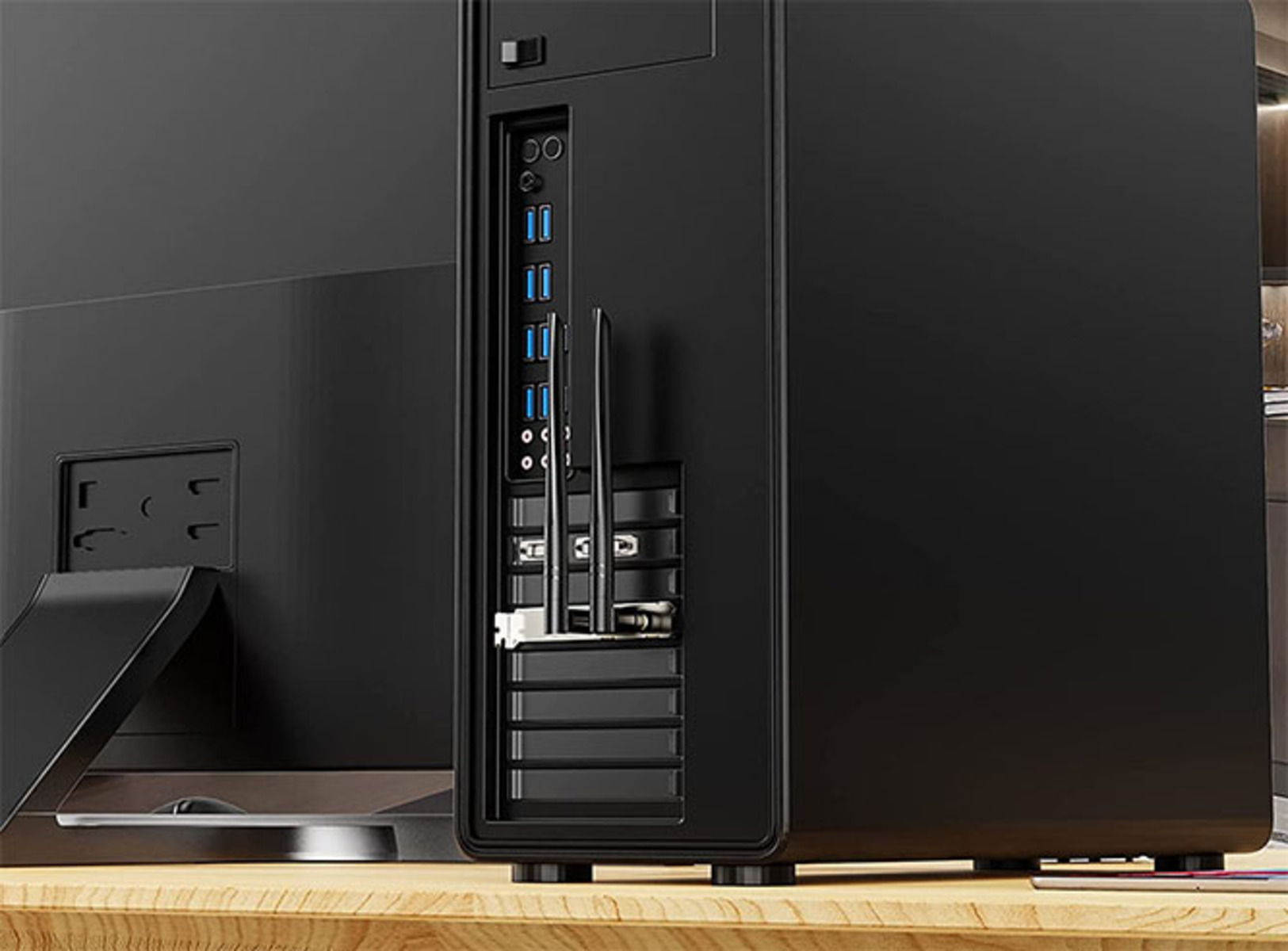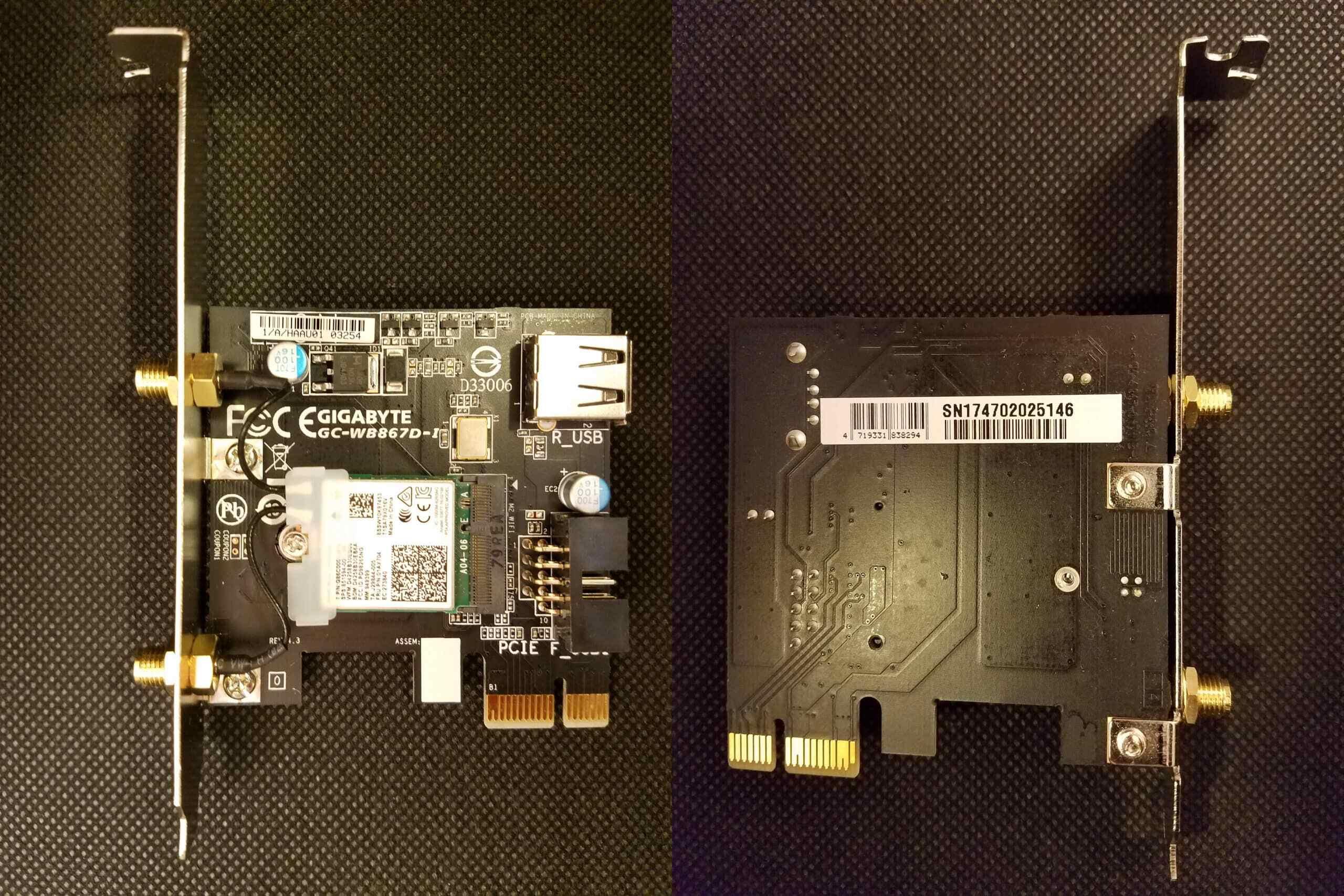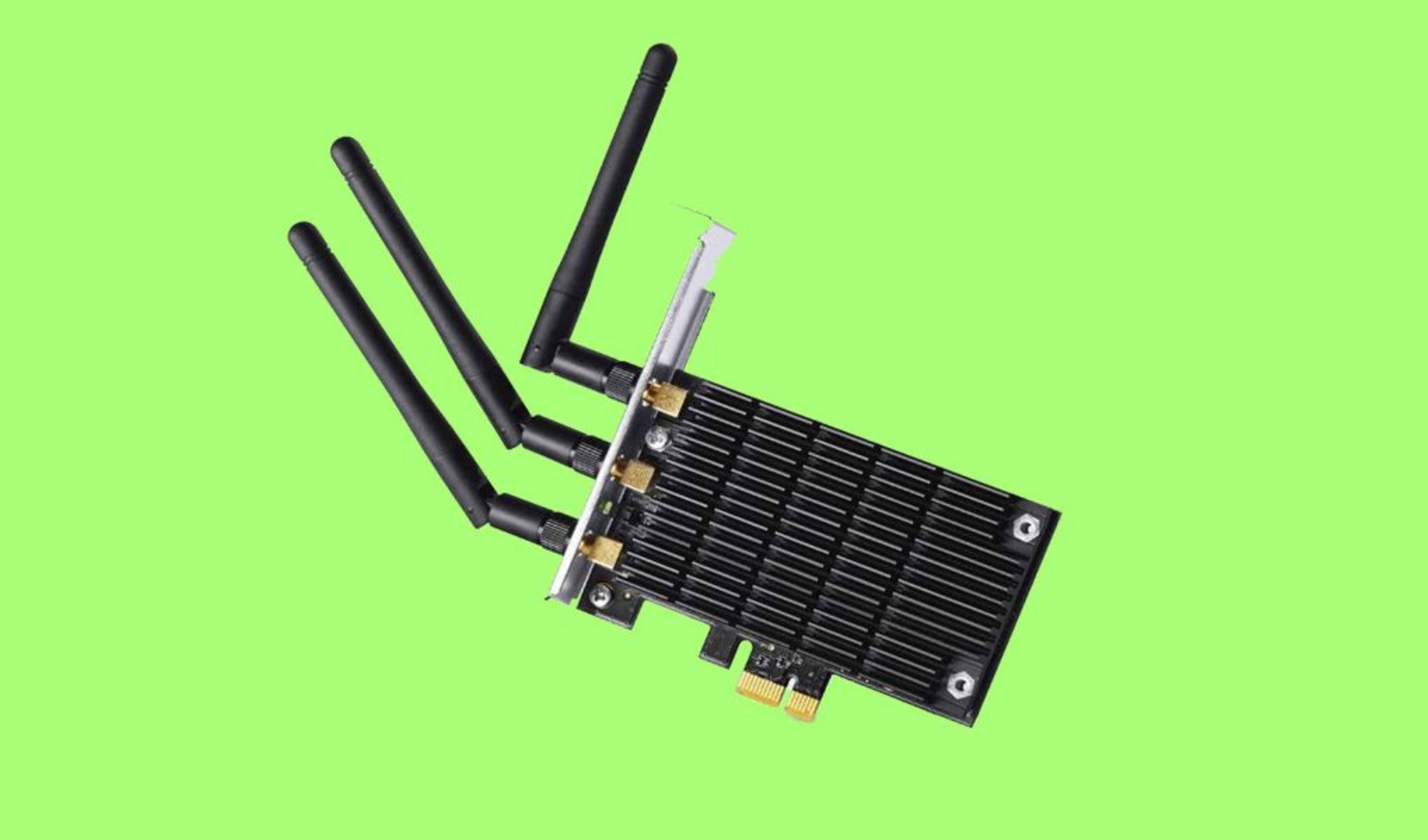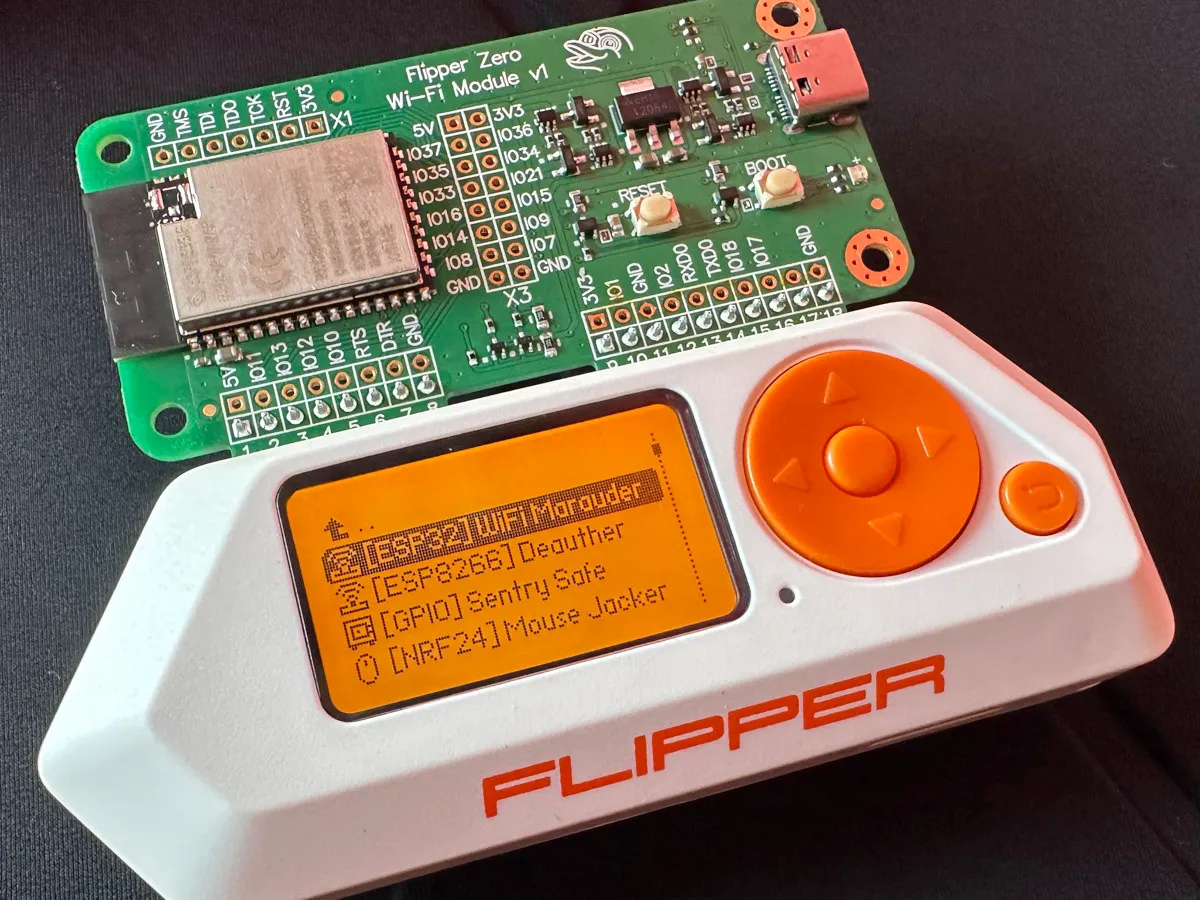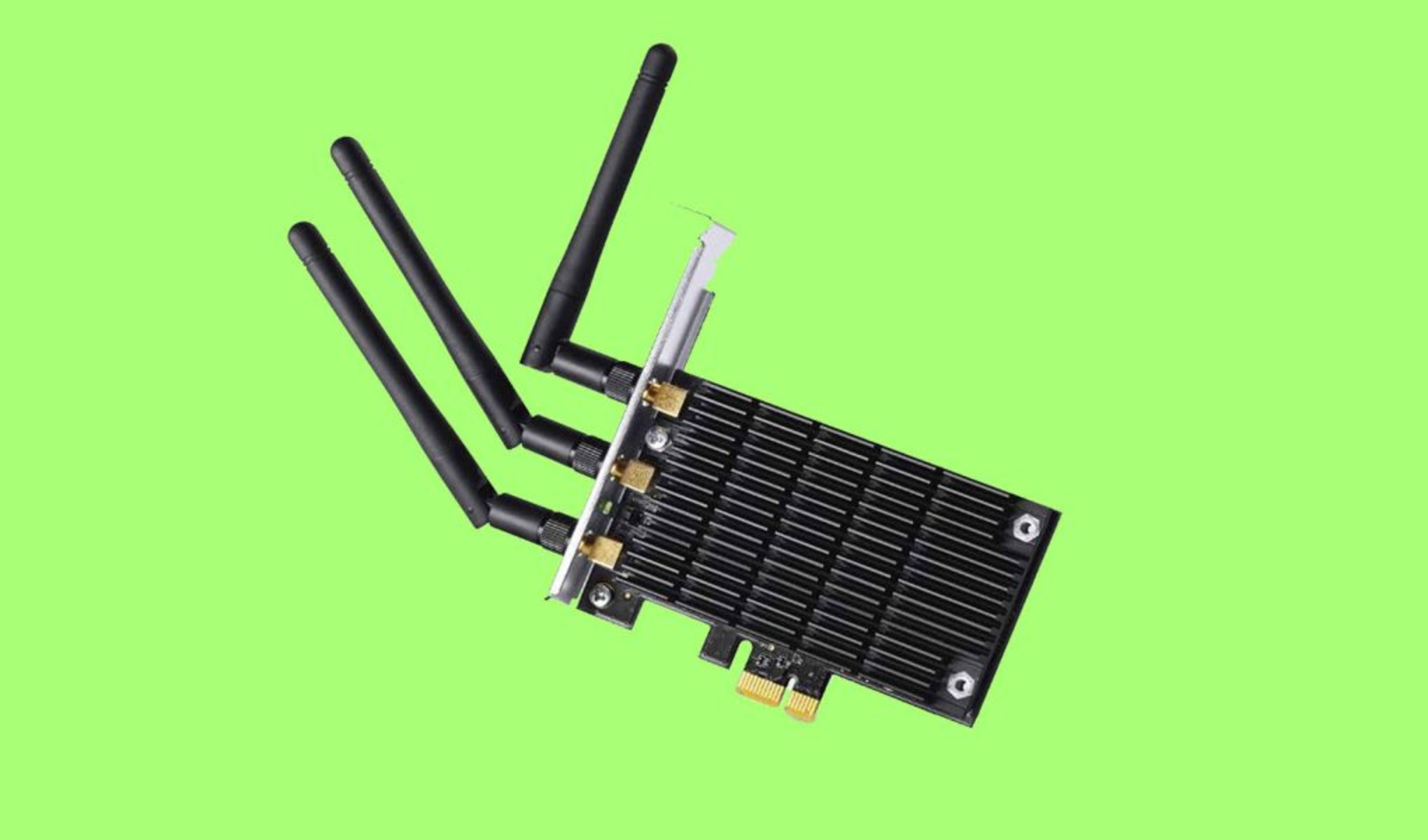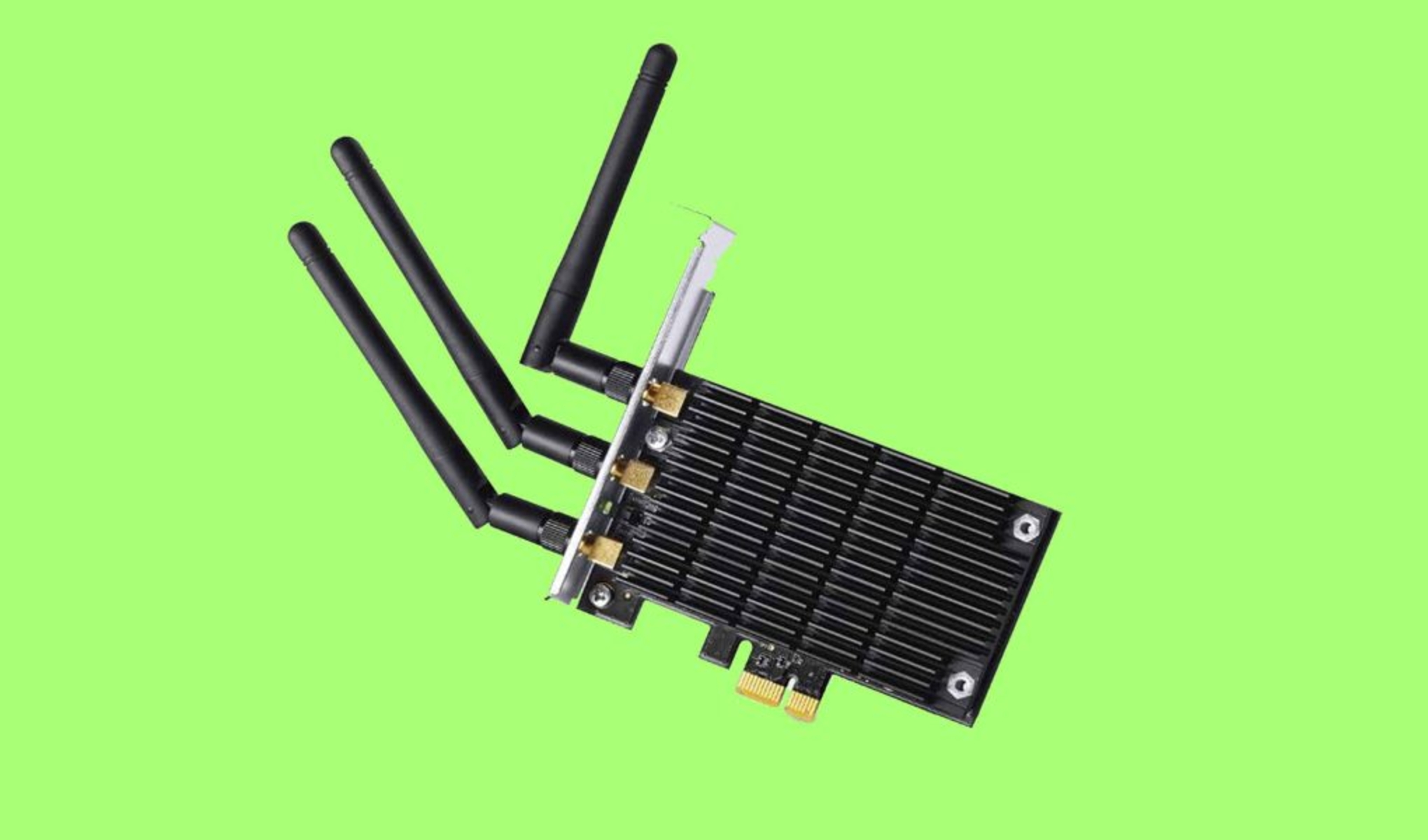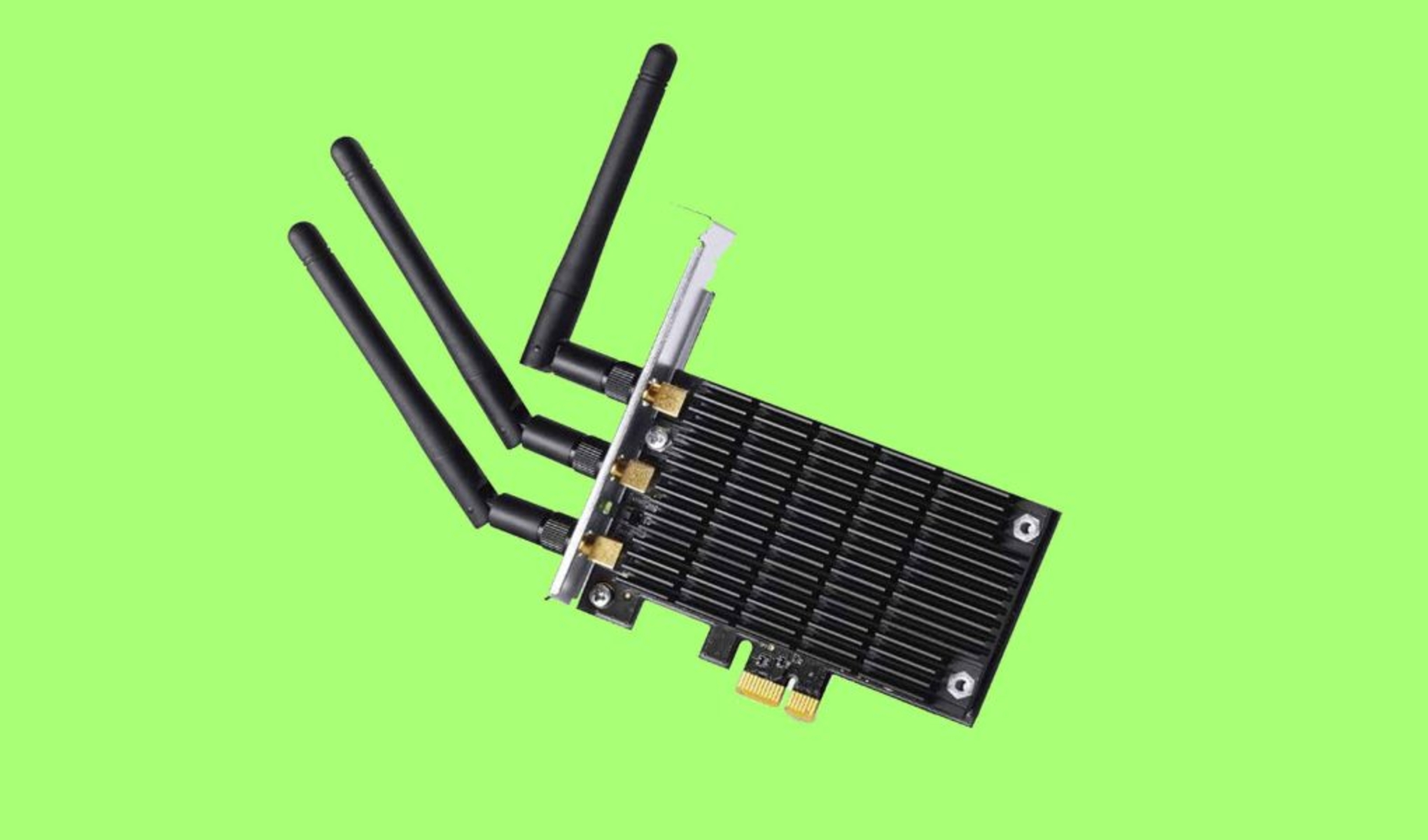Introduction
Wi-Fi has become an essential part of our daily lives, offering convenience and freedom from wires. Whether we are streaming videos, playing online games, or conducting business meetings, a fast and reliable Wi-Fi connection is crucial. However, one term that often comes up when discussing Wi-Fi performance is “latency.” But what exactly does latency mean in Wi-Fi?
Latency, in simple terms, refers to the delay or lag between the time a command is sent from a device (such as a laptop or smartphone) to the time it takes for the command to reach its destination. It is often measured in milliseconds (ms). While a few milliseconds may not seem like much, latency can have a significant impact on the overall performance of your Wi-Fi connection.
Understanding latency is essential because it determines how quickly data can be transmitted and received over a Wi-Fi network. The lower the latency, the quicker the response time between device and network, resulting in a smoother and more responsive online experience.
Several factors can affect Wi-Fi latency. First and foremost is the distance between the connected device and the Wi-Fi router. The farther apart they are, the longer it takes for the data packets to travel back and forth, resulting in higher latency. In addition to distance, other factors such as signal interference, network congestion, and the quality of the Wi-Fi equipment can also impact latency.
High latency can lead to various issues that degrade the performance of your Wi-Fi connection. For example, if you are playing an online game, high latency can cause a delay in your actions being registered in the game, resulting in a poor gaming experience. Similarly, during voice or video calls, high latency can result in delays and poor audio or video quality.
There are several common causes of high latency in Wi-Fi networks. One of the primary culprits is network congestion. If too many devices are connected to the same Wi-Fi network and all are consuming bandwidth, it can lead to increased latency. Additionally, outdated or improperly configured Wi-Fi equipment can contribute to latency issues.
Measuring Wi-Fi latency is crucial in diagnosing and troubleshooting network issues. Various online tools and software can help you determine your network’s latency and identify potential bottlenecks. By pinpointing the source of high latency, you can take the necessary steps to resolve the issue and optimize your Wi-Fi connection.
In the following sections, we will explore strategies to reduce Wi-Fi latency and improve overall performance. By implementing these strategies, you can enjoy a faster and more reliable Wi-Fi experience, whether you are streaming, gaming, or collaborating on work projects.
What is latency?
Latency is a term that refers to the amount of time it takes for data to travel from one point to another on a network. In the context of Wi-Fi, latency specifically refers to the delay or lag between sending a command from a device and the time it takes for the command to reach its destination.
Latency is measured in milliseconds (ms), and it plays a crucial role in determining the performance of a Wi-Fi connection. The lower the latency, the quicker the response time between devices and the network, resulting in a more seamless and responsive online experience.
There are two main types of latency:
- Round-Trip Latency: This measures the time it takes for a data packet to travel from the source device to the destination device and then back to the source.
- One-Way Latency: This measures the time it takes for a data packet to travel from the source device to the destination device.
Latency is influenced by various factors, with distance being one of the primary factors. The farther apart the connected device and the Wi-Fi router are, the longer it takes for the data packets to travel, resulting in higher latency. For example, if you are using a Wi-Fi connection in a large office building, the distance between your device and the router may cause some latency.
In addition to distance, other factors that can affect Wi-Fi latency include:
- Signal Interference: Interference from other electronic devices, such as microwaves or cordless phones, can disrupt the Wi-Fi signal and lead to increased latency.
- Network Congestion: When multiple devices are connected to the same Wi-Fi network and all are consuming bandwidth simultaneously, it can overload the network and cause latency.
- Wi-Fi Equipment Quality: The quality and capabilities of the Wi-Fi router and other network equipment can impact latency. Older or outdated equipment may not be optimized for low-latency performance.
It is important to note that latency in Wi-Fi networks is typically higher compared to wired connections. This is because wireless signals need to contend with various physical obstacles and interference, which can introduce delays in data transmission.
Understanding the concept of latency is essential because it affects the overall performance of your Wi-Fi connection. High latency can result in delayed responses, buffering during video streaming, and lag in online gaming. By monitoring and optimizing latency, you can ensure a smoother and more efficient online experience.
Factors that affect Wi-Fi latency
Several factors can contribute to latency in Wi-Fi networks. Understanding these factors can help you identify potential sources of latency and take steps to mitigate them. Let’s explore some of the key factors that can affect Wi-Fi latency:
- Distance: The distance between your device and the Wi-Fi router is a critical factor in determining latency. As the distance increases, the time it takes for data packets to travel back and forth also increases, resulting in higher latency. If your device is far away from the router, consider adjusting its placement or using Wi-Fi range extenders to improve signal strength.
- Signal Interference: Wi-Fi signals can be affected by other electronic devices operating on similar frequencies. Interference from devices like microwaves, cordless phones, and baby monitors can disrupt the Wi-Fi signal and cause latency. To minimize interference, keep Wi-Fi devices away from other electronic devices and avoid placing them near walls or metal objects that can reflect signals.
- Network Congestion: When multiple devices are connected to the same Wi-Fi network and all are consuming bandwidth simultaneously, it can result in network congestion and increased latency. This commonly occurs in busy environments like offices or public spaces. To reduce congestion, prioritize bandwidth for critical tasks and consider upgrading to a higher-capacity router if needed.
- Wi-Fi Channel Interference: Wi-Fi routers operate on specific channels to transmit data. If multiple nearby routers are using the same channel, it can lead to interference and higher latency. Switching to a less congested channel can help reduce interference and improve latency. Use Wi-Fi analyzer tools to identify the optimal channel for your network.
- Network Configuration: The way your Wi-Fi network is configured can impact latency. Configuring QoS (Quality of Service) settings to prioritize certain types of traffic, such as video streaming or online gaming, can help reduce latency for those specific activities. Additionally, ensuring that your router is running the latest firmware and has appropriate settings configured for low-latency performance is crucial.
- Wi-Fi Equipment Quality: The quality of your Wi-Fi equipment, including the router and network adapters, can significantly affect latency. Investing in high-quality, reliable Wi-Fi equipment that supports modern wireless standards, such as Wi-Fi 6, can help reduce latency and provide better overall performance.
By considering these factors and taking appropriate measures, such as optimizing the placement of Wi-Fi devices, minimizing interference, managing network congestion, and choosing quality equipment, you can improve Wi-Fi latency and ensure a smoother and more responsive online experience.
How latency impacts Wi-Fi performance
Latency plays a crucial role in determining the overall performance of a Wi-Fi connection. It affects the speed, responsiveness, and reliability of data transmission between devices and the network. Let’s explore how latency impacts Wi-Fi performance:
1. Slow Response Time: Higher latency results in a slower response time between devices and the network. When there is a significant delay in transmitting commands or receiving data packets, activities such as browsing the internet, opening web pages, or accessing online applications can feel sluggish and unresponsive.
2. Delayed Data Transfer: Latency can cause delays in transferring data between devices. For example, when streaming video content, high latency can lead to buffering or pauses as the video takes longer to load and play. Similarly, downloading files or uploading documents may take longer with higher latency.
3. Online Gaming Issues: In online gaming, low latency is crucial for a smooth and enjoyable gaming experience. High latency can introduce a delay between an action performed by the player and its execution in the game. This delay, often referred to as “lag,” can impact real-time interactions, making online gaming frustrating and less immersive.
4. Voice and Video Calls: Latency can affect the quality of voice and video calls conducted over Wi-Fi. High latency can result in delays in voice or video transmission, causing conversations to be disjointed, audio to be choppy, or video to be pixelated. This can hinder effective communication and collaboration.
5. Real-Time Applications: Latency is particularly important for real-time applications such as video conferencing, live streaming, and remote desktop access. Any significant delay in data transmission can disrupt the real-time nature of these applications, leading to a poor user experience.
6. Overall User Experience: Higher latency negatively impacts the overall user experience of Wi-Fi. In a world where instant access to information and seamless connectivity are expected, latency issues can be frustrating and impact productivity, entertainment, and communication.
It’s important to note that while latency can have a noticeable impact on Wi-Fi performance, it is not the only factor to consider. Bandwidth, network congestion, and signal strength also play significant roles in determining the overall quality of a Wi-Fi connection. However, minimizing latency is essential to ensure a fast, responsive, and reliable Wi-Fi experience.
By understanding the impact of latency on Wi-Fi performance, you can take proactive steps to optimize your network, reduce latency, and enhance the overall user experience.
Common causes of high latency in Wi-Fi
High latency in a Wi-Fi network can be frustrating, resulting in slow response times, delays in data transfer, and poor overall performance. Understanding the common causes of high latency is essential in diagnosing and resolving latency issues. Let’s explore some of the most common causes of high latency in Wi-Fi networks:
1. Network Congestion: When multiple devices are connected to the same Wi-Fi network and all are consuming bandwidth simultaneously, it can lead to network congestion and increased latency. This commonly occurs in crowded environments like offices, apartment buildings, or public places with many people using Wi-Fi at the same time.
2. Signal Interference: Wi-Fi signals can be disrupted or weakened by other electronic devices operating on similar frequencies. Devices such as microwaves, cordless phones, baby monitors, or even neighboring Wi-Fi networks can introduce interference that affects the Wi-Fi signal strength and leads to higher latency.
3. Outdated Wi-Fi Equipment: Using outdated or poorly performing Wi-Fi equipment can contribute to high latency. Older routers or network adapters may not support the latest Wi-Fi standards, resulting in reduced speeds and increased latency. Upgrading to newer, more capable Wi-Fi equipment can help alleviate latency issues.
4. Low Signal Strength: When a device is located too far from the Wi-Fi router or is obstructed by walls or other physical barriers, the Wi-Fi signal strength weakens. Weak signal strength can result in higher latency as the device struggles to maintain a stable connection with the network.
5. Wi-Fi Channel Interference: Wi-Fi routers operate on specific channels to transmit data. If multiple nearby routers are using the same channel, it can lead to interference and higher latency. Switching to a less congested channel can help reduce interference and improve latency.
6. Heavy Bandwidth Usage: When a device or multiple devices on the network are consuming a large amount of bandwidth, it can cause high latency for other devices. Bandwidth-intensive activities like video streaming, online gaming, or large file downloads can monopolize the available bandwidth and result in increased latency for other devices on the network.
7. Network Misconfiguration: Incorrectly configured network settings, such as QoS (Quality of Service) settings or suboptimal Wi-Fi configurations, can contribute to high latency. Configuring QoS to prioritize certain types of traffic or adjusting Wi-Fi settings for optimal performance can help reduce latency.
By identifying and addressing these common causes of high latency, you can take steps to optimize your Wi-Fi network and improve performance. Monitoring network usage, minimizing interference, upgrading equipment, and ensuring proper network configuration are key to reducing latency and providing a better Wi-Fi experience.
Ways to measure Wi-Fi latency
Measuring Wi-Fi latency is crucial in identifying potential latency issues and determining the overall performance of your Wi-Fi network. There are several methods and tools available to measure Wi-Fi latency. Let’s explore some of the common ways to measure Wi-Fi latency:
1. Ping: The most commonly used method to measure Wi-Fi latency is by using the ping command. Ping sends a small packet of data from your device to a specified destination (such as a Wi-Fi router or a website) and measures the time it takes for the packet to travel back. This round-trip time is an indication of the latency between your device and the destination.
2. Online Latency Tests: Numerous websites offer online latency testing tools that simulate the ping command and provide real-time latency measurements. These tools typically measure the round-trip time between your device and a specific server location. Some popular online latency testing tools include speedtest.net, pingtest.net, and fast.com.
3. Command Line Tools: In addition to the ping command, there are command line tools available in various operating systems that allow you to measure Wi-Fi latency. For example, in Windows, you can use the “tracert” command to trace the route taken by data packets and measure latency at each step. In macOS and Linux, you can use the “traceroute” command for similar functionality.
4. Wi-Fi Analyzer Apps: Wi-Fi analyzer apps are mobile applications that provide detailed information about Wi-Fi networks, including signal strength, channel utilization, and latency. These apps typically have built-in network diagnostic features that allow you to measure Wi-Fi latency and identify potential issues. Examples of popular Wi-Fi analyzer apps include NetSpot, WiFi Analyzer, and Wi-Fi SweetSpots.
5. Network Monitoring Tools: Network monitoring tools provide comprehensive insights into the performance of your entire network, including Wi-Fi latency. These tools can monitor latency over extended periods and provide historical data for analysis. Some well-known network monitoring tools include PRTG Network Monitor, SolarWinds Network Performance Monitor, and Nagios.
6. Wireless Site Surveys: Wireless site surveys involve conducting a physical assessment of your Wi-Fi network by measuring signal strength, interference, and latency at different locations. This method provides a comprehensive understanding of your network’s performance and helps identify areas of high latency or signal degradation.
These methods and tools can help you measure Wi-Fi latency and identify potential latency issues in your network. By regularly monitoring latency and taking appropriate measures to optimize your network, you can ensure a fast and responsive Wi-Fi experience for your devices.
Strategies to reduce Wi-Fi latency
Experiencing high Wi-Fi latency can be frustrating, leading to delays, buffering, and a sluggish online experience. However, there are several strategies you can implement to reduce Wi-Fi latency and optimize your network performance. Let’s explore some effective strategies to reduce Wi-Fi latency:
1. Position your Wi-Fi Router: Ensure that your Wi-Fi router is positioned in a central location, away from physical obstructions and interference sources. This helps to maximize signal strength and reduce latency caused by distance and signal interference.
2. Update Wi-Fi Equipment: Keep your Wi-Fi equipment up to date by regularly updating firmware and replacing outdated devices. Newer routers and network adapters often have improved latency performance and support advanced features that can reduce latency.
3. Optimize Wi-Fi Channel: Use a less congested Wi-Fi channel to minimize interference from neighboring networks. Wi-Fi analyzer tools can help identify the least congested channel and guide you in making the necessary adjustments in your router’s settings.
4. Manage Network Congestion: Reduce network congestion by limiting the number of devices connected to the Wi-Fi network. Additionally, you can prioritize bandwidth usage by implementing Quality of Service (QoS) settings. QoS allows you to allocate more bandwidth to latency-sensitive applications, such as online gaming or video conferencing.
5. Minimize Signal Interference: Avoid placing Wi-Fi devices near other electronic devices that can cause signal interference, such as microwave ovens or cordless phones. Additionally, keep devices away from walls or large objects that can hinder signal strength and result in higher latency.
6. Upgrade to Wi-Fi 6 (802.11ax): Wi-Fi 6 is the latest wireless standard that offers improved latency performance and higher data transfer speeds. Upgrading your Wi-Fi equipment to Wi-Fi 6 can help reduce latency, especially in devices that support this standard.
7. Eliminate Bandwidth-Hogging Applications: Identify and eliminate applications or devices that consume excessive bandwidth, such as large file downloads or streaming services running in the background. By freeing up bandwidth, you can reduce latency and ensure smoother online activities.
8. Implement Wired Connections: For devices that require low latency and high reliability, consider using wired connections instead of Wi-Fi. Ethernet connections provide faster and more stable connections, minimizing latency and reducing reliance on wireless networks.
9. Perform Regular Maintenance: Routinely perform network maintenance tasks such as rebooting the router, updating firmware, and clearing cache and temporary files on connected devices. This helps maintain optimal performance and prevent potential latency issues.
10. Conduct Wireless Site Surveys: Perform wireless site surveys to analyze signal strength, network congestion, and interference sources in different areas of your space. This information can help you make informed decisions about positioning devices and optimizing your network configuration to reduce latency.
By implementing these strategies and actively monitoring your network performance, you can significantly reduce Wi-Fi latency and improve the overall quality of your internet connection.
Conclusion
Wi-Fi latency is an important factor that affects the performance of your wireless network. Understanding the concept of latency and its impact on Wi-Fi performance is crucial in ensuring a fast, reliable, and responsive connection. Throughout this article, we’ve explored various aspects of Wi-Fi latency, including what it is, factors that influence it, and strategies to reduce it.
We learned that latency refers to the delay or lag between sending a command from a device to the time it takes for the command to reach its destination. Distance, signal interference, network congestion, and the quality of Wi-Fi equipment are among the key factors that can affect Wi-Fi latency.
High latency can lead to issues such as slow response times, delayed data transfer, and poor performance in activities like online gaming or voice and video calls. However, by implementing certain strategies, you can reduce Wi-Fi latency and optimize your network.
Some of the strategies we discussed include positioning your Wi-Fi router effectively, updating your Wi-Fi equipment, optimizing Wi-Fi channels, managing network congestion, minimizing signal interference, upgrading to Wi-Fi 6, considering wired connections, and performing regular maintenance tasks.
Measuring Wi-Fi latency using methods like ping, online latency tests, command line tools, Wi-Fi analyzer apps, and network monitoring tools can help you identify latency issues and monitor your network’s performance over time. Conducting wireless site surveys can also provide valuable insights into signal strength, interference, and congestion in different areas of your space.
By actively monitoring and implementing these strategies, you can reduce Wi-Fi latency, improve the responsiveness of your network, and enhance your overall Wi-Fi experience. Remember, a fast and reliable Wi-Fi connection is crucial for seamless streaming, online gaming, video conferencing, and other internet activities in our interconnected world.







